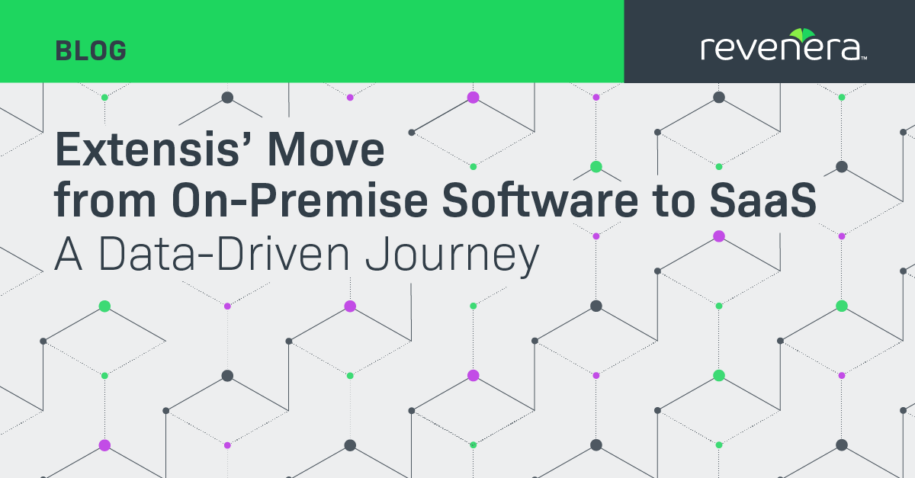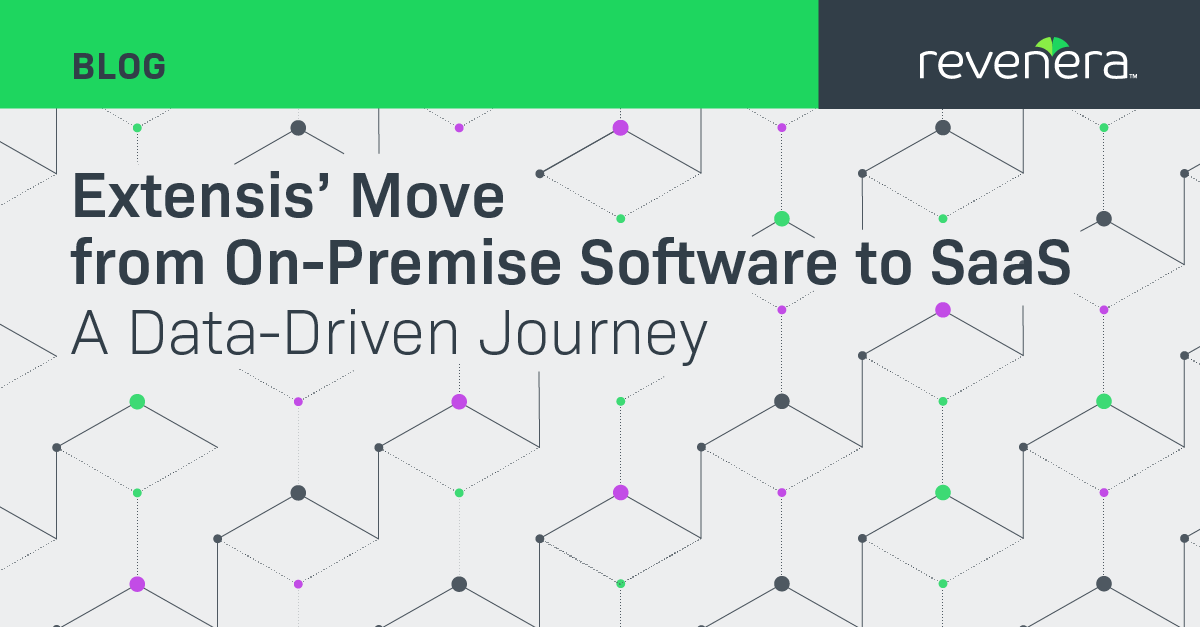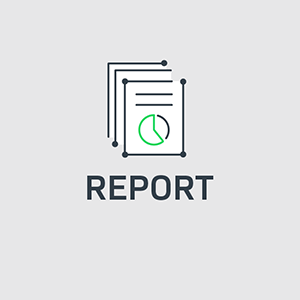During his first year as CEO, Extensis’ Toby Martin sat down with the Quality Assurance (QA) team and asked about his company’s codebase. It wasn’t a typical question from a CEO, but it was from Martin, and he started his career there in charge of software development. The digital asset management company – which helps companies and individuals manage brand fonts, logos and eases the complexity associated with storing satellite imagery – had been in business for more than two decades, and across its 200,000+ customers had amassed 1,256 possible customer configurations they had to test and support. At the same time, there was a push for the on-premise software to be moved into the cloud – and Martin knew that moving everything there wouldn’t benefit either the company itself or its customers.
“The idea that you can just lift and shift and do everything that you do on-prem via the cloud will leave you and your customers immensely frustrated,” he said during Revenera’s SoftSummit 2021 virtual conference in an interview with Reverena’s Vic DeMarines.
Martin shared how turning product usage intelligence into action helped the Portland-based company better understand what to monetize and how to do it, as well as how better understanding what its customers were actually doing helped it prioritize functionality and develop new products. “We thought we knew what customers were doing, but when we looked at the data, we gained a lot of meaningful insights.”
What do you mean by saying that customers didn’t really tell you what they wanted?
For anybody who’s been in product management for a long time, customers will often times tell you exactly what they want, but they won’t necessarily tell you what they’re trying to get to with that.
Most often, customers would tell us, well we’re going to do this thing, we would ask, why? They would answer us with the knowledge of what their current workflow was, based on the strictness of our own enablement. So they said, ‘This is what I’ve been doing for years in Extensis products, so this is how I have to do it. Whereas being able to step back and look at the value and the workflow instead of the exact process they were following that was prescriptive, allowed us all to realize, that’s some good stuff.
What was the benefit of having access to data on customer usage?
Not just having a conversation based on what they thought or what we thought, but going into to look at the root cause and then tie it back to the usage data was what was so critical for us, to be able to reinvent those conversations and reinvent the products. Otherwise, we’re going to build a whole bunch of things they don’t care about, they think they need to, just simply because we trained them that way.
By taking the data out for a stroll, you don’t just ask customers what they want to do, you look at what they’re actually doing. And customers were more than willing to spend an hour with a product manager and walk you through that so that we can design something out.
Can you give some examples of how you’re using usage data to drive real business outcomes?
For example, we look at the people who aren’t using their licenses frequently. We sync a lot of our information into Salesforce that automatically feeds over and says, ‘this customer is red because they haven’t logged in in seven days, or this customer is red because they haven’t used x percentage of their license, these customers are green because they have.’ Those types of component data and understanding which pieces of the platform they’re actually using are what allow us to maintain those customer success scores, to then do proactive reach outs to ensure they’re being successful.
We launched a new product in December 2020 called Connect. It’s an online platform for digital asset management. We used Revenera data as the tent pole upon which we built many of the suppositions and conclusions that we tested in the market with a consultant to our ideal customer profile – to understand the buying patterns, to understand how that would be customer success, to figure out which customers are going to migrate with us. This allows us to build the most effective products at the lowest cost to deliver the highest value to the largest number of customers. That’s the ultimate goal of Extensis.
What advice would you lend to people thinking about beginning the usage intelligence journey?
For people beginning the SaaS transition process, it’s not too late. The process around understanding customers, understanding monetization and investing in this shift is something I’d suggest investing in today. To me, it’s an opportunity for all of us, being foisted upon us not by just monetization models, platforms, but the world we live in today.
Listen to the full discussion here and let us know what you think in the comments and be sure to read the Extensis case study for more details on its journey.
Editor’s note: This interview has been lightly edited for clarity.




